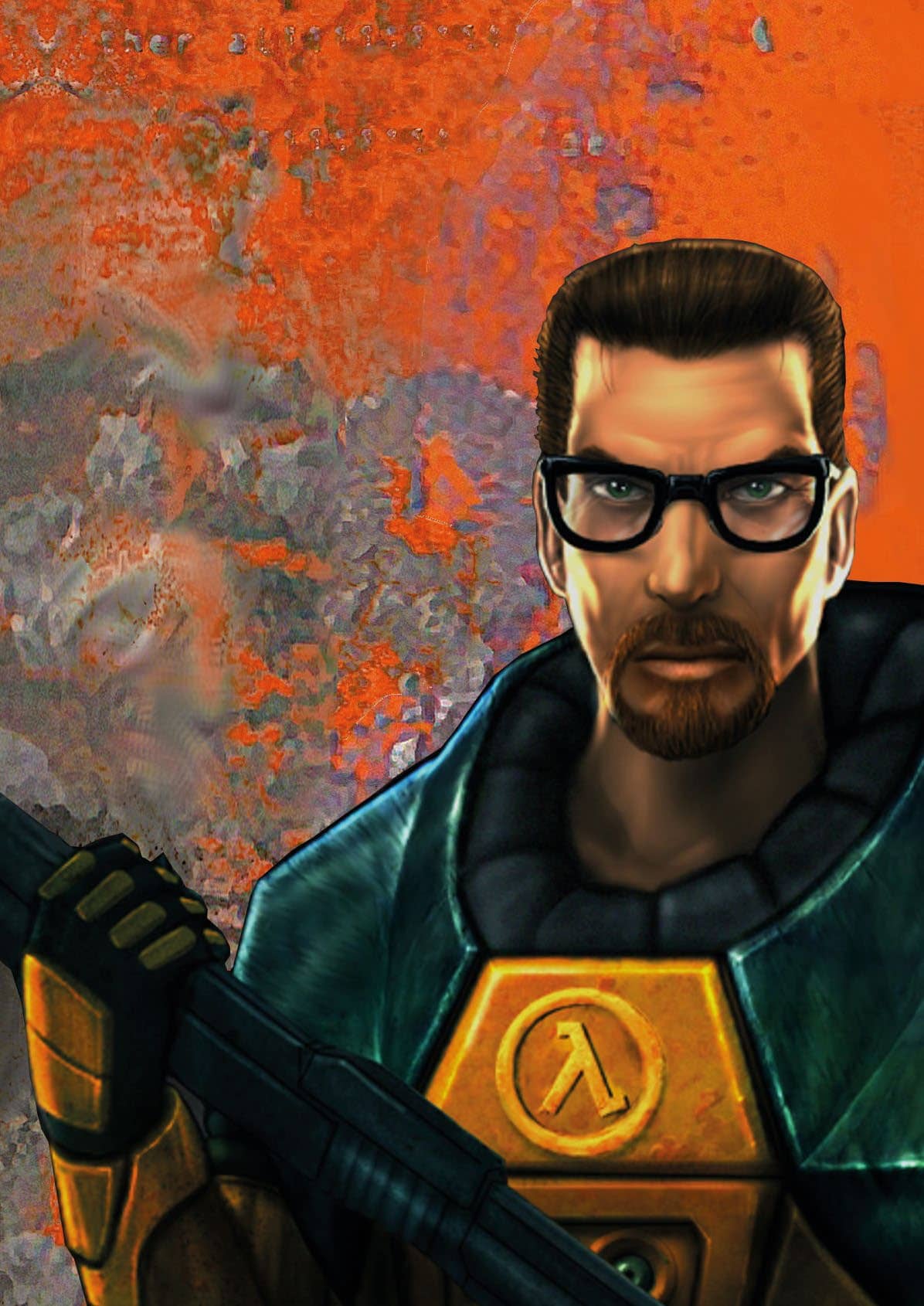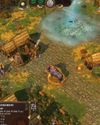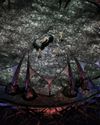
I recently spoke with Vincent Adinolfi, an indie designer working on a game called Heartworm. It’s low-poly 3D survival horror, so when he brought up influences like Silent Hill, Resident Evil, and even Dino Crisis, that was to be expected. But then he mentioned Valve’s classic 1998 FPS. “I’ve tried to take cues from games like Half-Life in the way that Valve uses environment design to naturally develop the narrative,” he says. It’s not the first time I’ve heard developers namecheck Half-Life while making games very different to it. Its effect on the way games tell stories transcends genres. Which is surprising given how few other 1990s shooters even had stories.
John Carmack of id famously said stories are as irrelevant to games as they are to porn, which explains Quake. Sure, adventure games and RPGs might need plots, but what does an FPS have to gain? When Half-Life proved even a game about shooting zombies could be improved with a memorable story, it made the point for everyone. And it did it without cutscenes or a single paragraph of text. Mainly, it did it through Black Mesa.
INTENSIVE SCARES
Half-Life’s writer Marc Laidlaw once explained on his blog that Half-Life was initially planned to be a nonlinear game. That all changed because, as he put it, “All narrative forms of drama, but especially horror, rely on pacing and rhythm. In horror timing is crucial. You have to set up your traps just so, and wait until your victim is precisely in position.”
Denne historien er fra May 2020-utgaven av PC Gamer.
Start din 7-dagers gratis prøveperiode på Magzter GOLD for å få tilgang til tusenvis av utvalgte premiumhistorier og 9000+ magasiner og aviser.
Allerede abonnent ? Logg på
Denne historien er fra May 2020-utgaven av PC Gamer.
Start din 7-dagers gratis prøveperiode på Magzter GOLD for å få tilgang til tusenvis av utvalgte premiumhistorier og 9000+ magasiner og aviser.
Allerede abonnent? Logg på

A New Dawn - The rise, fall and rise again of PC Gaming in Japan
The so-called 'Paso Kon' market (ie katakana's transliteration of 'Pasonaru Computa') in Japan was originally spearheaded in the 1980s by NEC's PC-8800 and, later, its PC-9800.

MARVEL: ULTIMATE ALLIANCE
Enter the multiverse of modness.

SLIDES RULE
Redeeming a hated puzzle mechanic with SLIDER

GODS AND MONSTERS
AGE OF MYTHOLOGY: RETOLD modernises a classic RTS with care

PHANTOM BLADE ZERO
Less Sekiro, more Wo Long: Fallen Dynasty

STARR-MAKING ROLE
Final Fantasy XVI's BEN STARR talks becoming a meme and dating summons

THIEF GOLD
Learning to forgive myself for knocking out every single guard.

HANDHELD GAMING PCs
In lieu of more powerful processors, handhelds are getting weirder

FAR FAR AWAY
STAR WARS OUTLAWS succeeds at the little things, but not much else shines

FINDING IMMORTALITY
Twenty-five years on, PLANESCAPE: TORMENT is still one of the most talked-about RPGs of all time. This is the story of how it was created as a ‘stay-busy’ project by a small team at Black Isle Studios